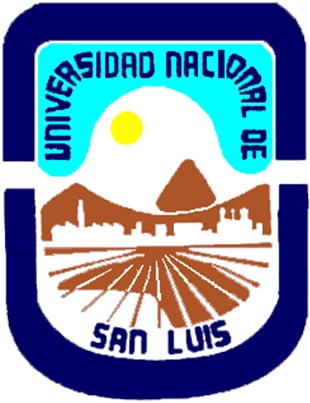 |
 |
SEMIPLENARIA 1
Status Report of the IUPAC Taskgroup on : Physisorption of Gases, with special reference to the evaluation of surface area and pore size distribution
M. Thommes (Chairman), K. Kaneko, A.V. Neimark, J. Olivier, F. Rodriguez-Reinoso, J.Rouquerol, and K.S.W. Sing
Gas physisorption measurements are essential for the development of areas such as gas separation and production, gas analysis (e.g. the concentration of trace amounts and gas chromatography), gas storage (e.g. of hydrogen, methane), purification of gas exhausts (e.g. elimination of sulphides, carbon dioxide). In addition, characterization by gas physisorption is required before adsorbents are used in liquid media (e.g. for the delayed release of drugs or fertilizers, or for high performance liquid chromatography or the analysis and separation of bio-liquids). Hence the publication, in 1985, of an IUPAC report entitled REPORTING PHYSISORPTION DATA FOR GAS/SOLID SYSTEMS with special reference to the determination of surface area and porosity. The recommendations in the 1985 report have been broadly followed and referred to by the scientific and industrial community.
Over the past 24 years major advances have been made in the development of nanoporous materials with uniform, tailor-made pore structures (e.g. mesoporous molecular sieves, carbon nanotubes and nanohorns, microporous-mesoporous carbons and silicas with hierarchical pore structures). Their characterization has required the development of high resolution experimental protocols for adsorption of nitrogen (at 77 K), argon (at 87 K) carbon dioxide (at 273 K), and also organic vapours and supercritical gases. Furthermore, novel methods based on density functional theory and molecular simulation (e.g. Monte-Carlo simulations) have been developed to allow a more accurate and comprehensive pore structural analysis to be obtained from the high resolution physisorption data.
It is evident that these new procedures, terms and concepts now necessitate the updating and extension of the 1985 recommendations. As a consequence an international, well-balanced, IUPAC task group on Physisorption of Gases, with special reference to the evaluation of surface area and pore size distribution had been approved by IUPAC in March 2010 (IUPAC Project No. 2010-009-1-100; http://www.iupac.org/web/ins/2010-009-1-100). The objectives of the new project are: (i) to provide authoritative, up-to-date guidance on gas physisorption methodology,and (ii) to draw attention to the advantages and limitations of using physisorption techniques for studying solid surfaces and pore structures with particular reference to the determination of surface area and pore size distribution. Hence, the work of this IUPAC task groups will allow one to recommend the changes required to clarify and standardize the presentation, nomenclature and methodology associated with the use of gas physisorption in different areas of pure and applied research. (iii) to finally publish this work as an IUPAC Technical Report, which should be considered as the update of the 1985 report?In this contribution we will present essentially the final status of our work; the publication of the IUPAC- Technical Report is planned for the first half of 2013.
Contactos: saasa@unsl.edu.ar
Página Web: http://infap.unsl.edu.ar/congreso/index.html